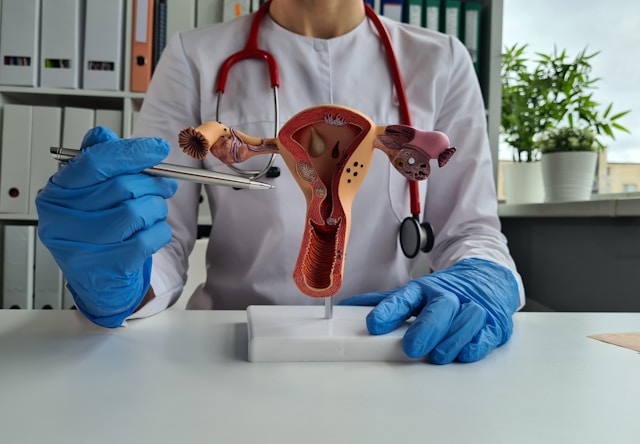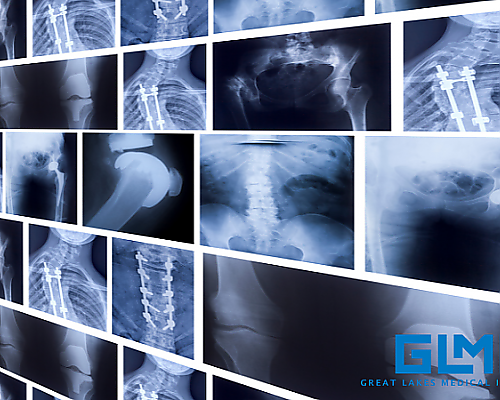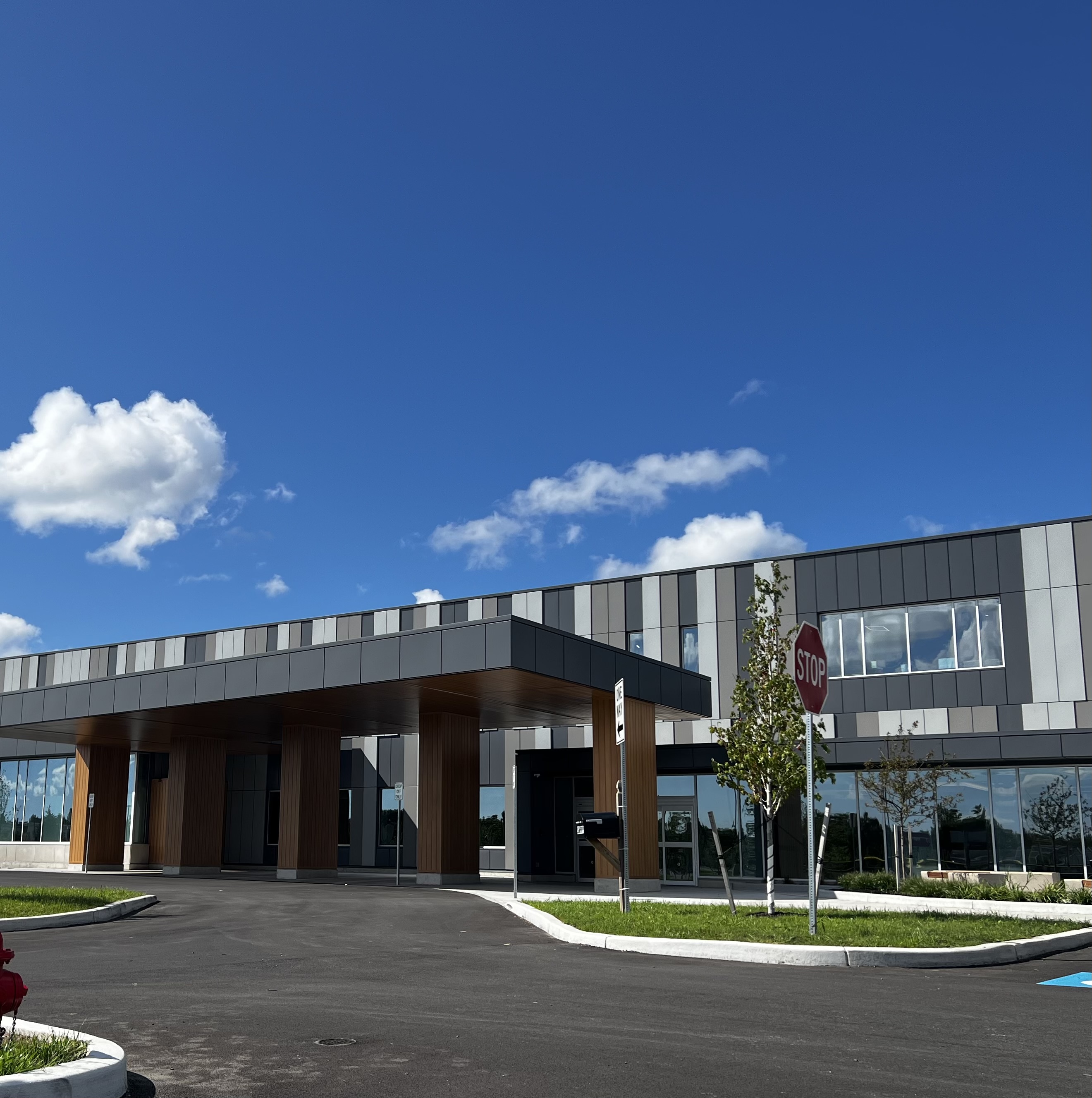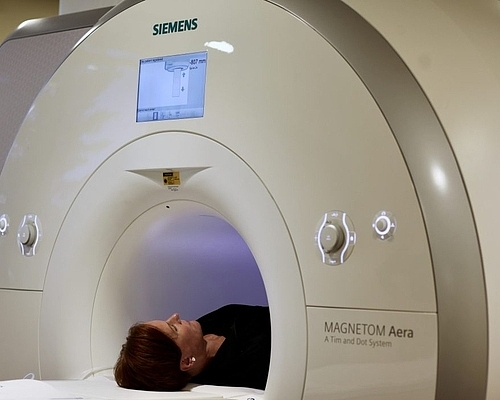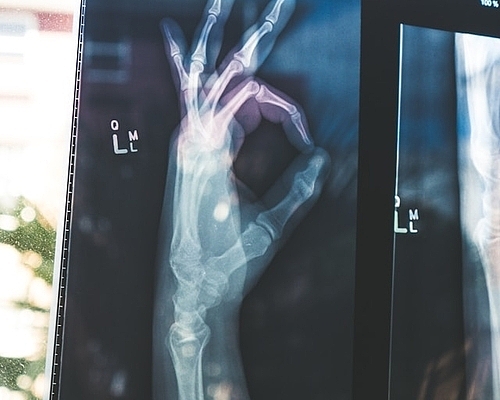Our Blog
Understanding Vascular Interventional Radiology: A Key Player in Modern Healthcare
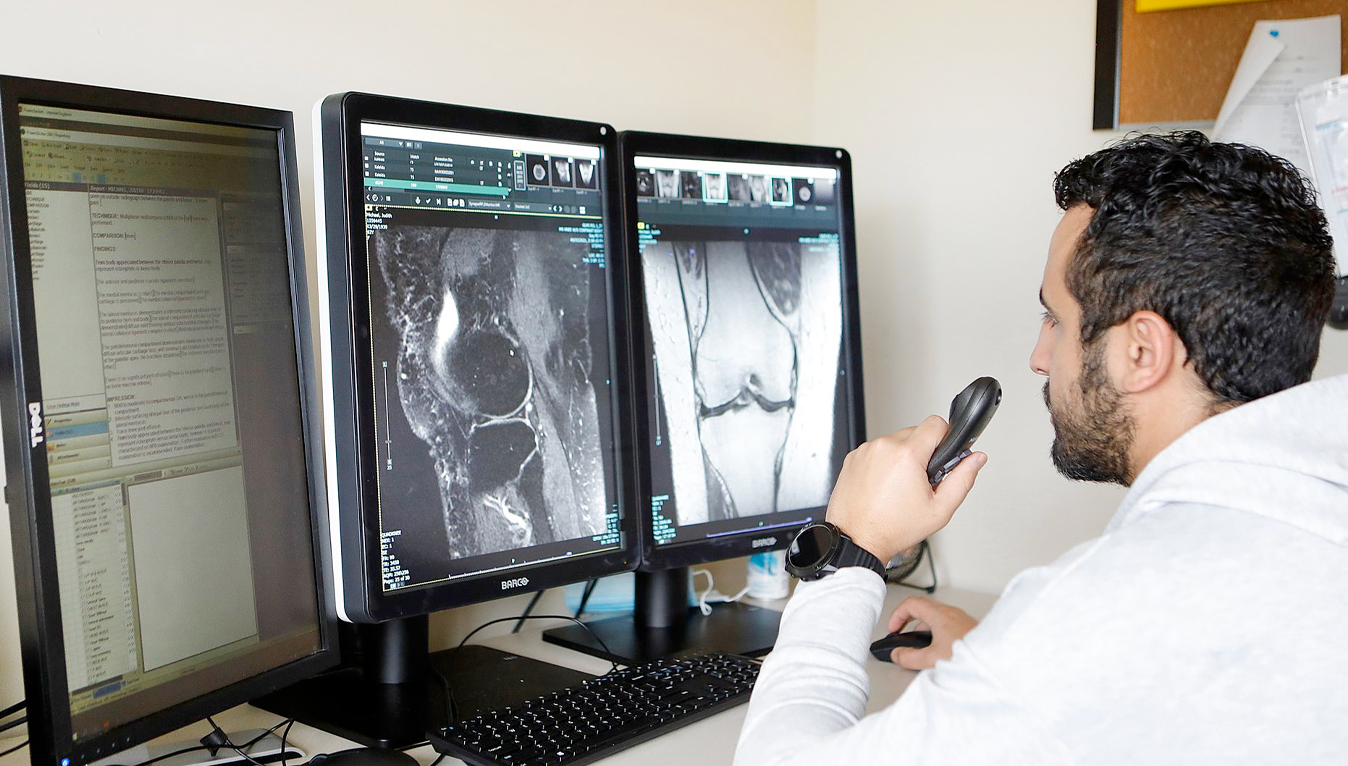
Vascular interventional radiology has emerged as a significant subspecialty in the broad spectrum of radiology, well-known for its innovative approach towards treating a wide range of vascular conditions. This blog post aims to shed light on what vascular interventional radiology is, how it's implemented at Great Lakes Medical Imaging (GLMI), and its pivotal role in today's healthcare landscape.
Decoding Vascular Interventional Radiology
Simply put, vascular interventional radiology is a medical field that employs minimally invasive procedures, guided by advanced imaging, to diagnose and treat diseases in the blood vessels. These can include conditions that impact both the arteries and veins, with the exception of those in the heart.
Interventional radiologists leverage cutting-edge imaging techniques such as X-rays, ultrasound, and CT scans to visualize the vascular system within the body. This allows them to guide small instruments with remarkable precision during procedures, minimizing potential damage to surrounding tissues.
Vascular Interventional Radiology at GLMI
At GLMI, our vascular interventional radiologists play a crucial role in treating a wide variety of vascular conditions. Here are a few examples:
- Peripheral Artery Disease: Characterized by narrowed arteries, peripheral artery disease reduces blood flow to the limbs. Interventional radiologists can address this condition using procedures like angioplasty and stenting.
- Venous Insufficiency: This condition arises when veins struggle to return blood from the limbs back to the heart. Various techniques, including sclerotherapy and endovenous laser therapy, can be used by interventional radiologists to treat this condition.
- Aneurysms: These are weak spots in an artery's wall that can bulge and potentially rupture. Treatment can involve using stent grafts to reinforce the artery wall.
Why Vascular Interventional Radiology is Crucial
The field of vascular interventional radiology offers several significant benefits to patients:
Minimally Invasive: Unlike traditional surgery, these procedures typically only involve a small incision, resulting in less pain and quicker recovery times.
Precision and Effectiveness: The utilization of advanced imaging techniques ensures a high degree of precision and effectiveness when treating vascular conditions.
Outpatient Procedures: Many procedures can be performed on an outpatient basis, allowing patients to return home the same day.
Conclusion
Vascular interventional radiology is a progressive field that's shaping the future of vascular healthcare. By offering minimally invasive procedures and leveraging state-of-the-art imaging techniques, it's providing patients with safer and more efficient treatment options.
Interested in learning more about vascular interventional radiology and its benefits? Don't hesitate to reach out to us at GLMI. You can call us or visit our contact page to get in touch.
At GLMI, we're committed to patient-centered care and utilize the latest technology in vascular interventional radiology. We're here to support you throughout your healthcare journey, prioritizing your comfort and well-being. Contact us today!
Sources:
- "What is interventional radiology?" RadiologyInfo.org. American College of Radiology and Radiological Society of North America, 2021.
- "Interventional Radiology Procedures." Radiologyinfo.org. Radiological Society of North America, 2021.
- "Understanding Peripheral Artery Disease (PAD)." Mayo Clinic, 2021.
- "Venous Insufficiency." Johns Hopkins Medicine, 2021.
- "Aneurysms." American Heart Association, 2021.
- "Interventional Radiology: Role, Benefits, and Risks." Medical News Today, 2020.
- "Outpatient Surgery." MedlinePlus, U.S. National Library of Medicine, 2021.
‹ Back



